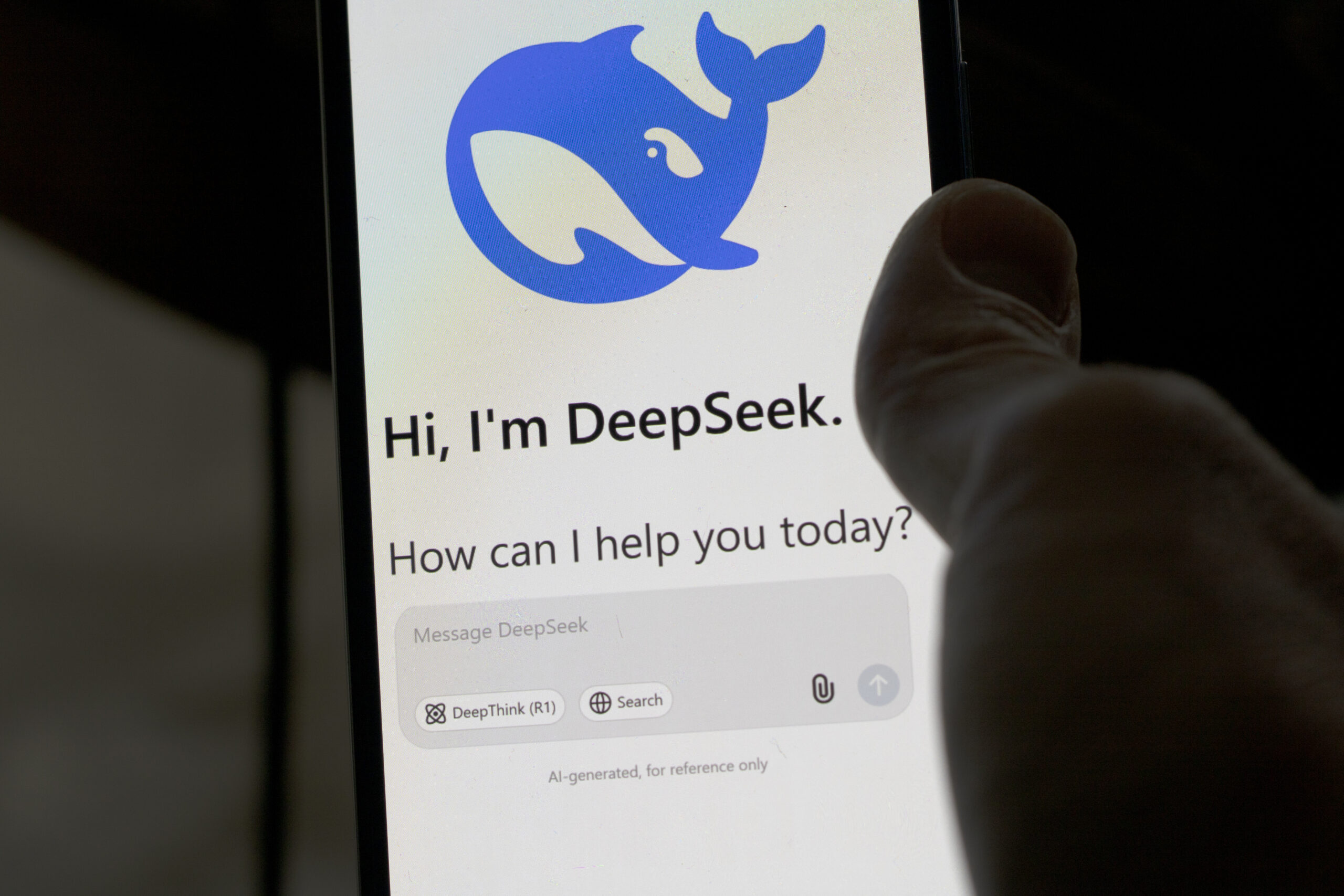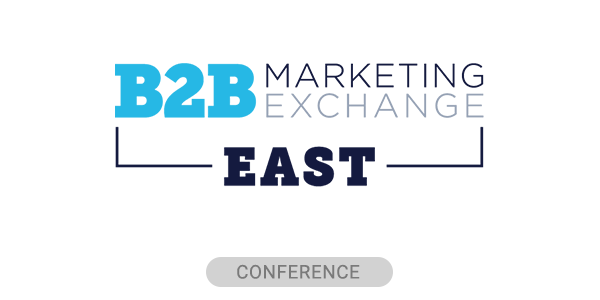We’re in the midst of a great AI race. New players are rapidly entering the market, and legacy organizations are scrambling to keep pace. One of the latest additions to the landscape is DeepSeek, which is being lauded for opening powerful AI capabilities to a broader range of users.
DeepSeek’s AI assistant quickly shot to the number-one spot in Apple’s App Store, reaffirming one clear fact for marketing leaders: they must have systems to promptly evaluate the benefits (and risks) of new AI tools.
Tessa Burg, CTO of digital marketing agency Mod Op, believes the rise of DeepSeek “underscores the necessity for all companies to have a robust Responsible Use framework and process in place so they can immediately evaluate, test and measure the impact of groundbreaking foundational models on their business, innovation and customer experiences.”
In a recent interview with Demand Gen Report, Burg outlined what a practical Responsible Use framework entails. She also shared how B2B organizations can ensure their tech stacks successfully integrate leading-edge AI tools.
Demand Gen Report (DGR): What makes DeepSeek an innovative tool for B2B marketers and organizations more broadly?
Tessa Burg: DeepSeek’s innovation lies in its efficiency claims, particularly in reduced compute costs and performance improvements. For B2B marketers and organizations, this could mean faster content generation, enhanced personalization, and more cost-effective AI-driven automation.
DeepSeek is also open-source, allowing greater flexibility and customization. Marketers can fine-tune the model to fit their brand and function.
Efficiency plus open-source allows marketers to truly differentiate how they serve clients in ways that are brand-specific and scalable.
DGR: What are the risks of testing and using tools like DeepSeek?
Burg: The risks include security vulnerabilities, ethical considerations around data usage and unforeseen biases within the model. Additionally, integrating a new model without proper evaluation could lead to inefficiencies or misalignment with business objectives.
DGR: How can organizations best determine if these tools fit their business needs and goals?
Burg: You need to test and compare so that you can forecast the impact of scaling a solution like DeepSeek – perhaps DeepSeek itself if it addresses its existing vulnerabilities – so that you can baseline what’s possible. The launch of DeepSeek was a call to action to all the other foundational model companies.
The landscape is going to get more competitive, the race is going to be global, and the script the foundational model companies have been putting out there around the cost and quantity of data needed to train and operate, performance and quality of general purpose model verse domain specific, has all been called into question.
Ignoring or delaying evaluation means missing out on potential competitive advantages. Organizations locked into a single model risk falling behind if newer, more efficient solutions emerge. Without a structured approach to testing, companies may struggle to assess ROI and miss opportunities for innovation.
DGR: What is a “Responsible Use” framework, and why is it essential in this new era of tech innovation?
Burg: A Responsible Use framework ensures AI adoption is ethical, secure, and aligned with business goals. It includes safeguards for security, compliance, environmental impact, and business value measurement. With rapid AI advancements, a structured approach helps organizations make informed decisions while mitigating risks.
DGR: How can organizations best determine how to create and apply this framework?
Burg: Organizations should tailor the framework to their company’s industry, risk tolerance, and regulatory landscape. Cross-functional teams — including IT, legal, security and business stakeholders — should collaboratively evaluate risks and conduct testing to ensure alignment with company objectives.
We’ve used a combination of custom agents, automated tests and expert counsel to review a company’s privacy policies, terms and conditions, and code to quickly call out red flags, score a technology against our standards and highlight potential risks.
DGR: Who should own the framework and testing processes, if anyone?
Burg: Ownership should be shared between IT, security and innovation leaders, with clear accountability. A governance team or AI ethics committee can oversee implementation, while individual teams assess model performance and alignment with business needs.
DGR: How can organizations ensure team members adopt and comply with the Responsible Use framework?
Burg: Clear policies, ongoing training and executive buy-in are key. Embedding Responsible Use principles into procurement, IT governance, and operational workflows helps drive adoption. Regular audits and performance reviews can reinforce compliance.
DGR: How can organizations ensure they’re at the bleeding edge of disruptive trends like AI and are testing new tools like DeepSeek?
Burg: Organizations should foster a model-agnostic approach, enabling flexibility in integrating emerging technologies. Continuous evaluation, experimentation, and a structured feedback loop with engineering, marketing and product teams can help businesses stay ahead.
DGR: Do you have any specific use case tips or takeaways for B2B marketers, demand gen professionals or sales leaders?
Burg: Start by defining the experience you want for your customers or clients, or the experience you’ve always wanted to work more efficiently, deliver a higher quality or more personalized product and/or service. Then, work with someone in the creative or product team to lay out what that looks like. If you design the experience, a smart technology partner will build the engineering underneath to be flexible as an abstraction layer or headless architecture. As a result, what you invest in as a marketer — the experience or value to the customer — is consistent and feels better over time. However, you ultimately “date” models; you don’t marry them.







